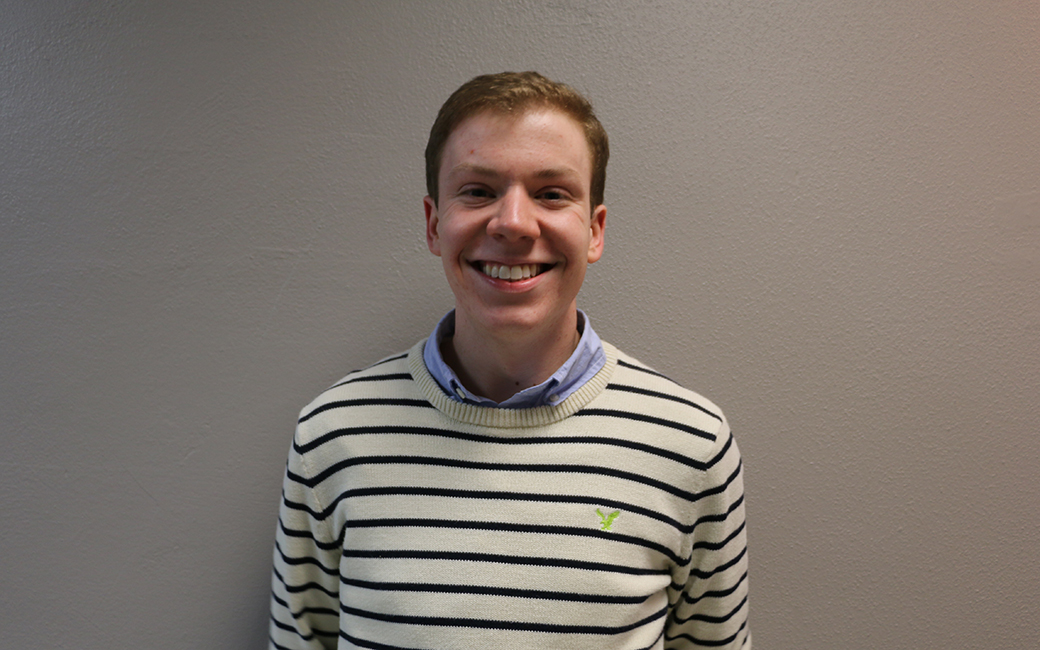
Gay and underrepresented
Being gay is very “in” right now.
No, really. It is. According to a 2016 report from GLAAD on LGBTQ+ representation in media, of the 895 series regular characters expected to appear on broadcast scripted primetime programming in the coming year, 43 of those characters (4.8 percent) were identified as gay, lesbian, bisexual, transgender and queer – making 2016 a groundbreaking year in terms of LGBTQ+ representation on American TV.
This is an incredible feat and begs the question: is the gay agenda perhaps to take over primetime television?
While the gay agenda remains to be determined, there’s one thing becoming very clear – there’s an overwhelmingly low percentage of LGBTQ+ people of color being represented in mainstream media. With over 70 percent of LGBTQ+ characters being counted as white, there’s a stiflingly low number of queer people of color represented.
It’s 2018. We live in a diverse world full of loud, brown, gay Millennials and Gen Z’ers. So why isn’t this reality being represented?
There’s no shortage of straight people on television. There never has been. There’s also no shortage of white people on television. Look at any primetime lineup and you’ll notice that if the show began in any year prior to 2007, there are very few people of color and even fewer members of the LGBTQ+ community represented on screen.
Some shows like “Grey’s Anatomy,” “Glee,” “Pretty Little Liars” and even “How to Get Away with Murder” have characters all over the spectrum and set a good example.
It’s not just television shows that are lacking in representation with a staggeringly low number of main LGBTQ+ characters, movies are as well.
A quick Google search of “gay movies” brings you titles like 2005’s “Brokeback Mountain” or 2013’s “GBF” – only the former being actually shown in mainstream theaters. While the main cast of “GBF” does include an African-American woman in a lead role, these movies are still grossly lacking in the representation of people of color and in the representation of gay people of color or any LGBTQ+ minorities.
Granted, being a member of this community is still growing relatively slowly in terms of social acceptability, considering same-sex couples weren’t generally accepted until the Supreme Court decision in 2015. So, it does make some sense that it wasn’t until this year that a John Hughes-esque gay rom-com like “Love, Simon” was made.
There is no denying that “Love, Simon” was both gay and diverse, which is undoubtedly wonderful. It’s great that LGBTQ+ people and people of color are able to attend a movie and see themselves and their experiences reflected on the screen. Being able to relate to people on TV or in the movies or even in books is one of life’s ultimate pleasures. It’s the reason that college kids spend so much time on Buzzfeed trying to figure out which “Friends” character they are. But the issue that many see with “Love, Simon” is the fact that – as usual – the titular character is white.
Yes, the film includes a gay man of color. His name is Ethan and he’s black and has witty one-liners and shuts down bullies. He’s a prime example of what gay people of color can be, which is excellent. But until more characters like Ethan are created and become household names like Kurt and Blaine in “Glee,” there is no denying the major lack of LGBTQ+ people of color in the media. The surface is only being scratched and it is up to future generations to ensure that the world of the loud, brown, LGBTQ+ community is equally represented.
Because really, the gay agenda is just to be equal.
